forum
library
tutorial
contact

West's Rivers are Hot Enough to Cook Salmon to Death.
Will this Court Ruling Keep Them Cool?
by Dale Kasler
Sacramento Bee, October 23, 2018
|
the film forum library tutorial contact |

|
West's Rivers are Hot Enough to Cook Salmon to Death.
by Dale Kasler
|
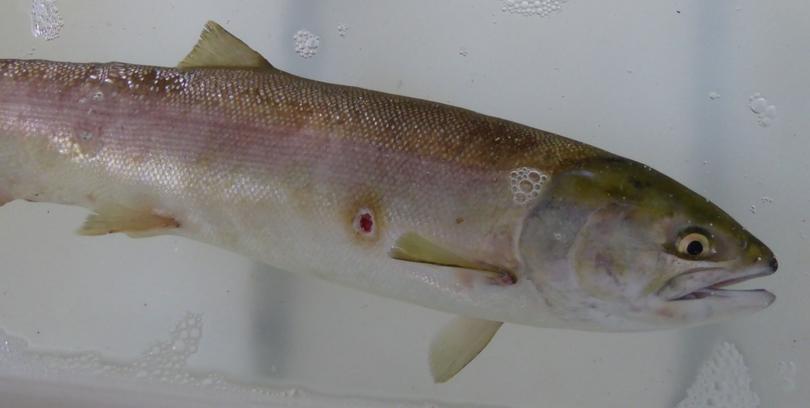 It might be the most gruesome element of the drought conditions that have gripped the West in recent years: salmon being cooked to death by the thousands in rivers that have become overheated as water flows dwindle.
It might be the most gruesome element of the drought conditions that have gripped the West in recent years: salmon being cooked to death by the thousands in rivers that have become overheated as water flows dwindle.
Now a federal judge in Seattle has directed the Environmental Protection Agency, in a ruling with implications for California and the Pacific Northwest, to find a way to keep river waters cool.
U.S. District Judge Ricardo Martinez, ruling in a case filed by environmental and fishermen's groups, told the agency last week it must develop a plan to keep water temperatures low in the Columbia River and its main tributary, the Snake, to protect multiple varieties of salmon and steelhead that are covered by the Endangered Species Act.
The ruling comes at a tense time. Environmentalists and state officials throughout the West are trying to grasp the implications of a memorandum President Donald Trump signed last week to streamline environmental regulations in order to increase water deliveries to farms and cities in the region.
At the same time, drought-like conditions persist: The federal government's U.S. Drought Monitor says 48 percent of California is in moderate to severe drought, along with 39 percent of Washington and 36 percent of Idaho. Just a month ago, the U.S. Commerce Department issued a disaster declaration for commercial salmon fishing on the West Coast, making communities that depend on those fisheries eligible for financial assistance.
Martinez's ruling last week was sparked by an ecological catastrophe in 2015, when an estimated 250,000 sockeye salmon died on the Columbia and Snake because the waters got too warm. In California, more than 95 percent of juvenile winter-run Chinook salmon perished in the Sacramento River in 2014 and 2015 when temperatures spiked during the worst of the drought. The Chinook are protected under the Endangered Species Act.
In the Northwest, the problems facing salmon and steelhead are being exacerbated by climate change. The massive fish kills of 2015 represent "a glimpse into the future as we get hotter and drier," said attorney Miles Johnson of Columbia Riverkeeper, an environmental group that spearheaded the Seattle case.
He said conditions haven't improved much since the 2015 debacle.
"On the Columbia and the Snake we're in a crisis for water temperature; we're in danger of losing some of our salmon and steelhead stock," he said. "Every summer the Columbia and the Snake get too warm for the fish."
Last week's ruling doesn't have legal clout beyond the Pacific Northwest. But environmental lawyers in California said it could still influence crucial court cases and regulatory proceedings over water quality and water temperatures in the state. That includes a closely-watched effort by the State Water Resources Control Board to overhaul the management of the Sacramento River, home to the endangered Chinook salmon. The state's plan won't be finalized for several more months.
"It adds urgency to the state water board's (effort)," said Kate Poole, a lawyer for the Natural Resources Defense Council in San Francisco. "It's a similar and ongoing issue here."
Johnson said the Northwest's dams are mainly used to hold back water to generate hydroelectric power. But the reservoirs are generally so shallow that the water heats up quickly if it's stored too long. "The tension is between maximizing hydro power production and keeping the water cool enough for the fish," he said.
In California, the tension is between fish and farms.
To keep temperatures in the Sacramento River below 56 degrees -- the point at which juvenile salmon start to die -- state officials during the drought held back substantial volumes of water behind Shasta Dam, whose reservoir is deep enough to maintain a pool of cold water. Then they released the cold water later in the year, when the fish returned to their spawning grounds just south of the dam. That meant curtailing water deliveries to Central Valley farmers during the height of the growing season, however.
The strategy pleased no one. Farmers fumed but the temperatures shot past 56 degrees anyway. Well more than 90 percent of the juveniles died in 2014 and 2015. For a species with a three-year spawning cycle, that left the salmon potentially headed toward extinction.
Water conditions have improved since then, but so many juveniles were wiped out that the population hasn't been able to recover. Estimates by the state Department of Fish and Wildlife put the Chinook population in the upper Sacramento at just 1,155 in late 2017, marking a steady decline in recent years.
"They were really hammered two years in a row, 2014 and 2015," Poole said. "We've had really low populations (of adults) coming back to spawn. When we have a good water year, there's not that many fish in the system."
Related Pages:
Warm Water Wreaks Havoc on Columbia River Fish by John Harrison, NW Power & Conservation Council, 8/12/15
Sockeye Arrives at Stanley Despite Warm Water by Associated Press, Teton Valley News, 7/29/15
Salmon Dying by the Thousands in Hot U.S. Rivers by Ted Ranosa, Tech Times, 7/29/15
First Sockeye of Year Returns to Redfish Creek Despite Hot Rivers by Rocky Barker, Idaho Statesman, 7/28/15
Why Are Thousands of Migratory Salmon Dying Before They Can Spawn? by Courtney Sherwood, Christian Science Monitor, 7/27/15
Biologists Bring Sockeye into Idaho on Trucks to Get Them Out of Hot Water by Rocky Barker, Idaho Statesman, 7/17/15
Sockeye Salmon Suffer Infections in Warm Columbia River System by Rich Landers, Spokesman-Review, 7/17/15
Half of Columbia River Sockeye Salmon Dying Due to Hot Water by Associated Press, The Oregonian, 7/18/15
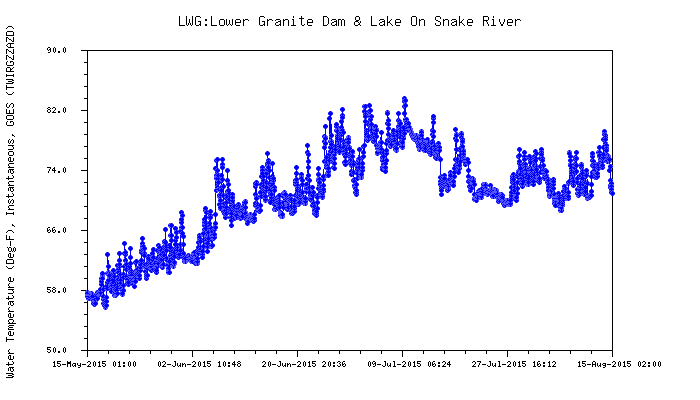
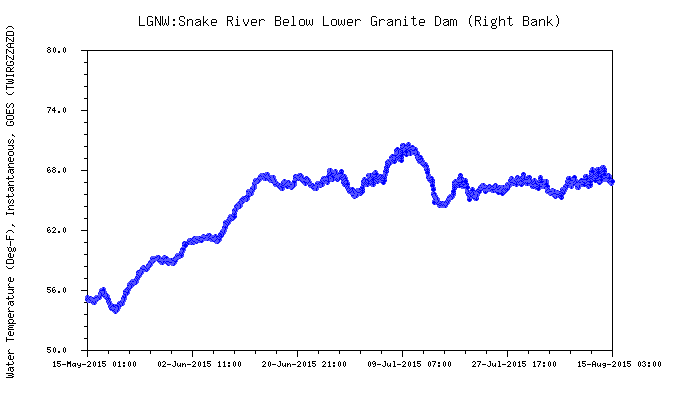
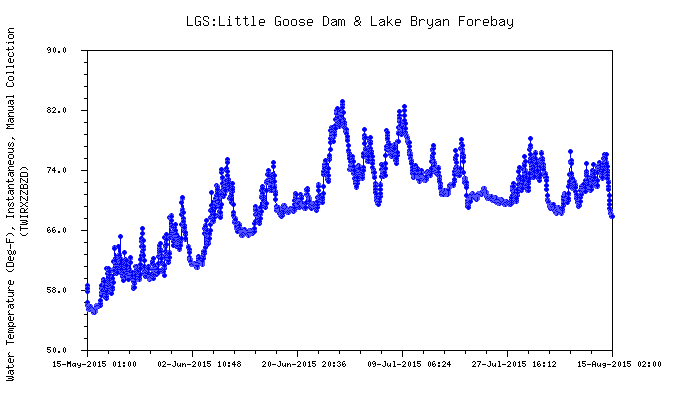
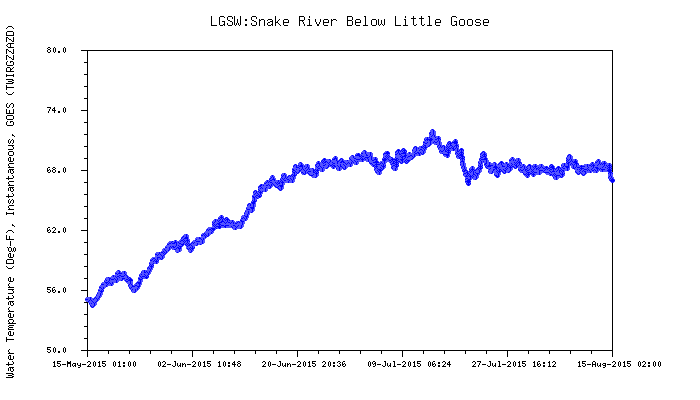
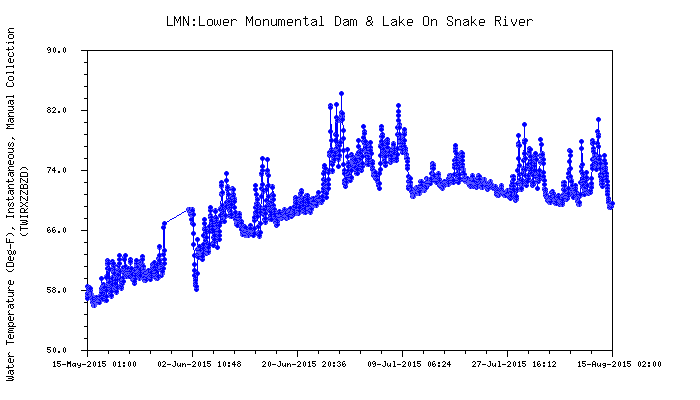
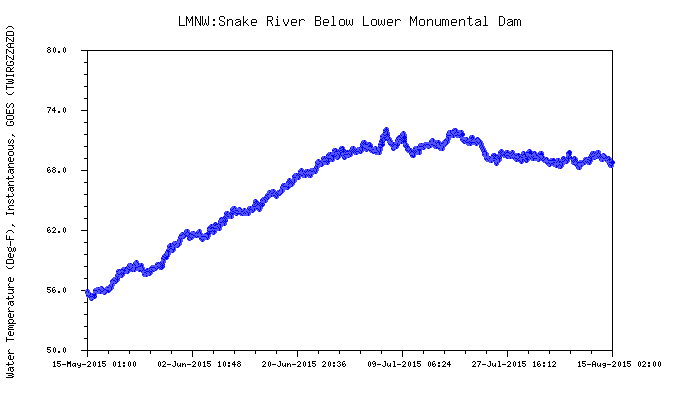


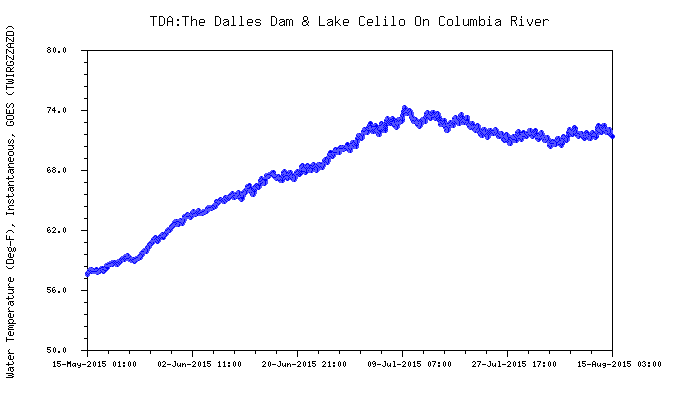
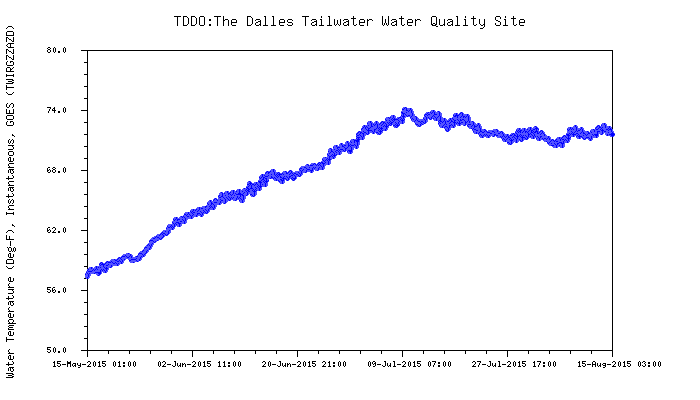
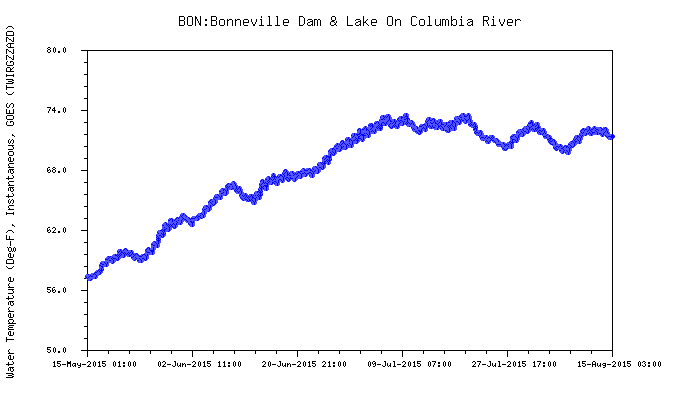
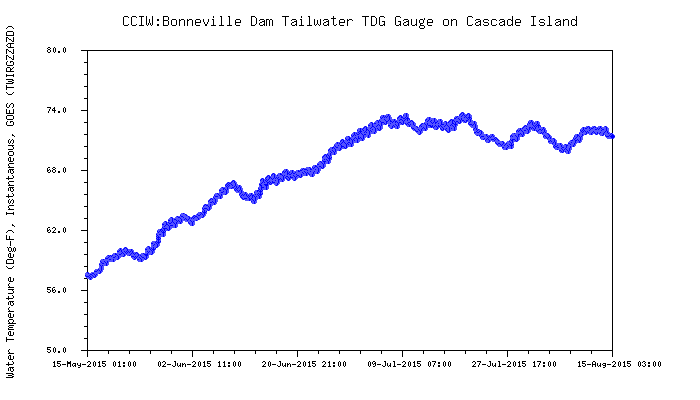
learn more on topics covered in the film
see the video
read the script
learn the songs
discussion forum
